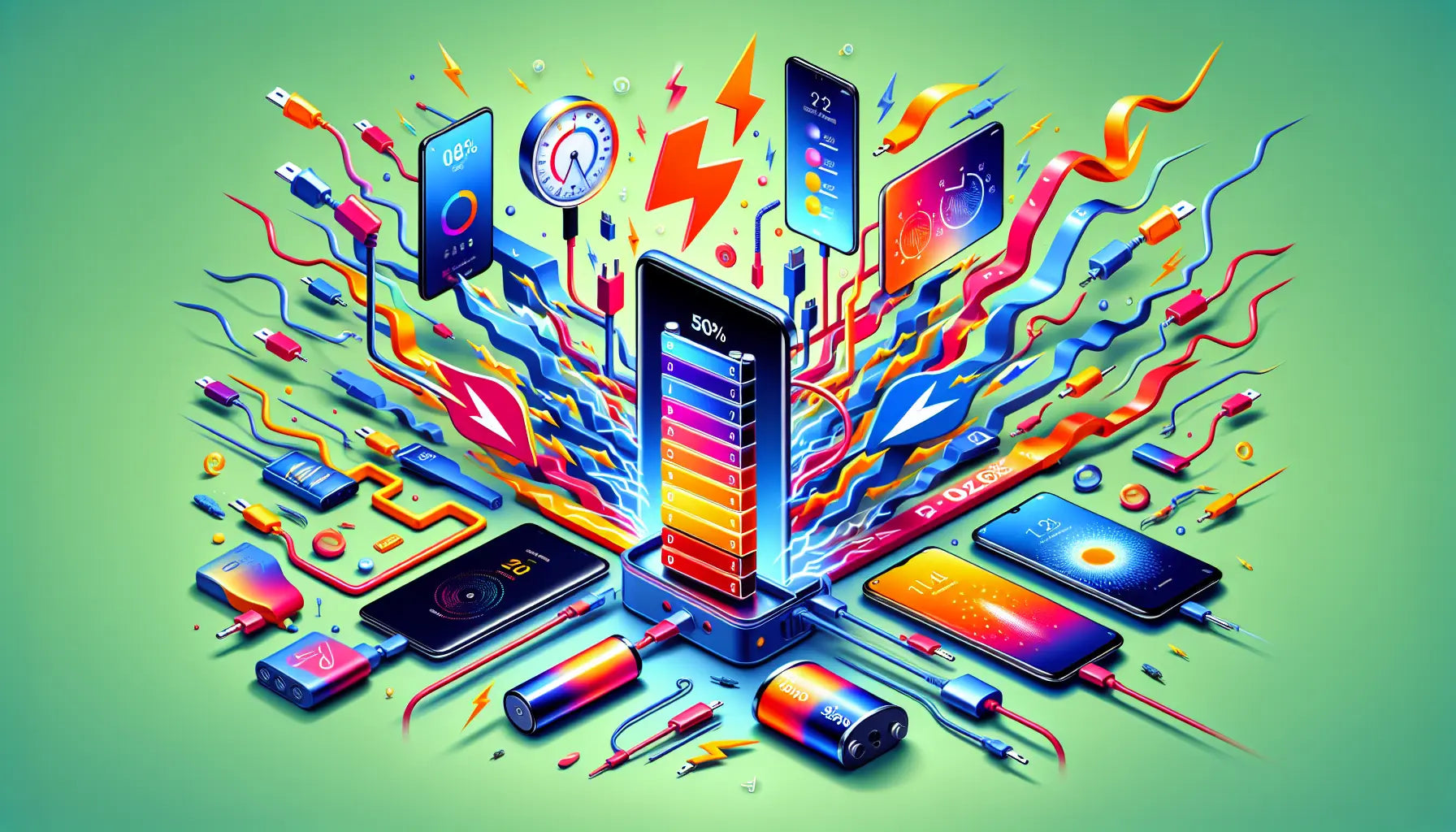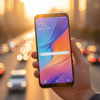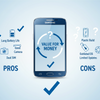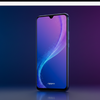Does Fast Charging Actually Ruin Your Battery? Exploring the Effect on the Indian Market

Introduction
The rise of fast charging in the realm of smartphones has revolutionized the way we power our devices. This technology, embraced by an array of smartphone manufacturers, offers the significant advantage of rapidly replenishing battery life, a stark contrast to older, slower charging methods.
Take, for instance, companies like Xiaomi, OnePlus, and OPPO, which have been at the forefront of integrating fast charging into their products. Such advancements are exemplified by Xiaomi's recent model, the Xiaomi 12 Pro, equipped with a robust 120-watt charger, and OPPO's ambitious project on a 240-watt charger, still in development. These innovations have naturally piqued the interest of consumers worldwide.
Yet, alongside the enthusiasm, there's a prevailing sense of apprehension regarding the potential adverse effects of fast charging on smartphone batteries. Common worries include overheating risks and the possibility of a diminished battery lifespan due to the heightened power input. In this section, we aim to shed light on these issues, clarifying facts, and dispelling myths surrounding the impact of fast charging on smartphone batteries.
Understanding Battery Chemistry and Charging
The technology behind smartphone batteries, specifically lithium-ion and lithium polymer batteries, is fascinating. In these batteries, ions flow between the anode and cathode during charging and discharging. This movement involves lithium ions traversing a liquid electrolyte solution, which in turn releases energy used to power the phone.
A fully discharged battery is essentially 'dead' at 0%. Recharging involves moving the ions back to the anode from the cathode via the electrolyte. This process rejuvenates the battery for further use.
An interesting aspect of battery charging is its efficiency dynamics. Initially, when the battery is low, it absorbs energy rapidly, much like a dry sponge soaking up water. However, as it approaches full capacity, this absorption slows down, becoming less efficient and generating excess heat. This heat is a byproduct of the reduced efficiency in energy absorption.
Charging power, often advertised in watts like 100W or 150W, indicates the charger's maximum output. However, this is not constant throughout the charging process. For instance, a 65W charger might only operate at peak power initially, reducing as the battery's charge level increases.
Batteries naturally degrade over time due to various factors like charge cycles, extreme charge states (100% or 0%), and exposure to heat. Heat is particularly detrimental, accelerating this degradation.
To mitigate the impact of fast charging on battery life, smartphone manufacturers are employing various strategies. Advanced cooling systems, splitting the battery into multiple cells for simultaneous charging, and fine-tuning charging algorithms are some of these methods. These innovations aim to balance the convenience of fast charging with the need for battery longevity, ensuring that users can enjoy quick charging without significantly shortening their battery's life.
Factors Impacting Battery Health
Rapid charging brings the benefit of swiftly powering up smartphones, but it's crucial to recognize the elements that can wear down batteries over time and through various charging cycles.
Batteries inevitably wear out, independent of the charging technique used. Their degradation is a natural process, occurring as they undergo multiple charging cycles and when they are subjected to extreme charging states, like being fully charged or completely drained. These conditions lead to a gradual decline in the battery's capacity and its overall health.
A significant factor hastening battery wear is heat. Batteries produce additional heat, especially when they reach higher charging levels, due to the energy absorbed during charging. This excessive heat can cause crystallization and block the storage of lithium, adversely affecting the battery's performance and lifespan.
To safeguard battery health, it's essential to limit excessive heat. Smartphone producers are cognizant of this issue and have taken steps to counteract the harmful effects of heat. They employ sophisticated cooling mechanisms, split the battery into several cells for simultaneous charging, and fine-tune charging protocols to reduce heat production.
It's also worth noting that the high charging power associated with rapid charging, such as 100 or 150 watts, is the peak capacity of the charger. The actual rate of charging diminishes as the battery nears full charge. This gradual reduction in charging power is beneficial in lowering heat production and preserving the battery.
In summary, although rapid charging can produce more heat and potentially affect battery health if not carefully managed, smartphone makers are proactively addressing these challenges. By incorporating cooling systems, parallel charging, and enhanced charging algorithms, they strive to offer quick charging options while also prolonging battery life.
Innovations in Fast Charging Technology
Recent advancements in fast charging technology for smartphones have focused on reducing heat generation to prevent battery damage. This endeavor is crucial for combining the benefits of rapid charging with prolonged battery life.
To tackle the issue of heat during fast charging, companies like Xiaomi, OnePlus, and OPPO have implemented multiple strategies. These include:
1. Advanced Cooling Systems:
These systems effectively dissipate heat, safeguarding the battery from potential damage.
2. Optimized Charging Algorithms:
These algorithms are designed to reduce heat production and enhance the battery's energy absorption efficiency.
3. Thermal Shielding and Vapor Chambers:
Incorporated into smartphones, these features help regulate temperature and prevent overheating.
Additionally, companies such as OnePlus have introduced external chargers like the Warp Charge 30T. These chargers handle energy management externally, thereby reducing the heat generated in the phone during charging. This approach facilitates longer charging durations without overheating the battery.
Parallel charging technology is another innovative approach being adopted. It involves dividing the battery into multiple cells and using energy management hardware to distribute energy. This technique lowers the overall heat generation during fast charging and, while it may slightly reduce battery capacity, it enables quicker charging without affecting battery longevity.
Furthermore, smartphones are now equipped with various cooling mechanisms, from thermal shielding to advanced systems like vapor chambers, to maintain optimal temperatures during fast charging. These mechanisms ensure the battery's health and longevity.
In summary, the continuous innovation in fast charging technology by smartphone companies aims to minimize heat generation, addressing concerns about battery damage. Through the integration of advanced cooling systems, external chargers, parallel charging technology, and cooling mechanisms in smartphones, these companies are enhancing the fast-charging experience while prioritizing battery longevity.
Fast Charging and Smartphone Batteries: Myths and Facts
The debate on whether fast charging harms smartphone batteries has been ongoing, with many expressing concerns over potential damage. These worries center around the idea that increased power input might cause overheating and shorten the battery's life. To understand this better, it's essential to look at the industry standards for battery health and the findings from smartphone manufacturers.
1. Industry Standards for Battery Health
Smartphone batteries, like all batteries, deteriorate over time, and this degradation happens irrespective of the charging method used. Key factors affecting battery health include remaining at full or empty charge, the number of charge cycles, and heat exposure. The generally accepted benchmark for battery health is retaining 80% capacity after 800 charge cycles. This implies that, under normal circumstances, a smartphone battery should still perform at 80% efficiency even after being charged daily for about two years. This standard suggests that fast charging, when done correctly, should not markedly affect battery lifespan.
2. Claims from Smartphone Manufacturers
Major smartphone brands have researched extensively to understand the effects of fast charging on battery longevity. Companies like Xiaomi, Apple, OPPO, and OnePlus have made notable statements in this regard. Xiaomi claims their 120-watt fast charging technology can maintain 80% battery health over 800 charge cycles. Apple's devices are purported to keep 80% capacity after 500 charge cycles. Similarly, OPPO and OnePlus are working on 150-watt charging solutions, aiming for 80% battery health after 1,600 cycles. While these figures are based on internal tests and might differ in real-life usage, they highlight the industry's commitment to ensuring battery longevity even with the adoption of fast charging.
3. Findings from Fast Charging Tests
The data from fast charging tests, albeit limited in long-term scope, are promising. These tests indicate that fast charging technology can be used without substantially affecting battery health. Manufacturers are employing techniques like advanced cooling systems, optimized charging algorithms, and parallel charging methods to reduce heat and protect the battery during fast charging. There are some trade-offs, such as larger chargers, slightly reduced battery sizes, or added cooling features, but the advantages of fast charging, like convenience and reduced charging time, often outweigh these drawbacks.
4. Weighing Compromises and Benefits
Acknowledging the potential downsides and advantages of fast charging is crucial. While fast charging might generate more heat and necessitate certain compromises, the industry is actively finding solutions to these challenges. Innovations like advanced cooling systems in phones and chargers, efficient energy distribution, and parallel charging technologies are instrumental in minimizing heat impact and preserving battery health during fast charging sessions.
In summary, while fast charging does produce more heat and might affect battery health if not properly managed, the ongoing efforts by smartphone companies indicate that it doesn't ruin batteries. By employing various strategies and conducting thorough testing, these companies strive to offer fast charging features while ensuring the durability of smartphone batteries.
The Convenience and Future of Fast Charging
Fast charging technology has significantly changed how we power our smartphones, providing both convenience and efficiency. This technology allows users to quickly recharge their devices, a great advantage for those who don't have the time to wait hours for a full charge.
The primary benefit of fast charging is its time efficiency. Traditional charging could take several hours, but fast charging can power a phone from 0 to 100% in just a few minutes. This feature is particularly beneficial for busy individuals or those who need a quick battery boost on the go.
As this technology evolves, manufacturers are making strides in improving both the speed and efficiency of fast chargers. For instance, Xiaomi's development of a 120-watt charger and OPPO's exploration of a 240-watt charger showcase these advancements.
Size reduction of fast chargers is also a focus. Companies like OnePlus are creating smaller external chargers that handle energy distribution more effectively and minimize phone overheating. These chargers manage the energy externally, allowing for longer charging without damaging the battery.
Beyond fast charging, there's also a growing emphasis on battery health. Modern smartphones are equipped with systems that monitor and optimize battery performance, helping to maintain optimal health by preventing overcharging and efficiently managing energy flow.
To address the issue of battery degradation due to heat exposure, smartphone manufacturers are implementing advanced cooling solutions, thermal shielding, and vapor chambers in their devices. These features help regulate temperature and prevent overheating during fast charging, safeguarding the battery's longevity.
In summary, fast charging not only saves time but also offers a reliable power source for smartphone users. With continuous improvements in technology, reduced charger sizes, enhanced battery health features, and effective temperature management solutions, fast charging is set to become even more integral to our daily lives. These advancements aim to provide the benefits of fast charging without compromising the lifespan of the batteries.
FAQ
1. Does fast charging damage my smartphone's battery?
Fast charging does not significantly affect battery lifespan if managed correctly. Smartphone companies use strategies like advanced cooling systems, optimized charging algorithms, and parallel charging technology to protect the battery and reduce heat generation during fast charging.
2. How can I reduce heat generation during fast charging?
To limit heat generation, avoid exposing your phone to extreme heat. Don't leave it on a car dashboard in the sun or use it for prolonged gaming while charging. Keeping your phone cool helps maintain battery health.
3. What's the industry standard for battery health?
The industry standard is maintaining 80% capacity after 800 charge cycles. This equates to about two years of daily charging. Properly managed fast charging should not markedly affect this standard.
4. What are the upcoming advancements in fast charging technology?
Future advancements aim to further reduce heat and battery damage concerns. Innovations include gallium nitride chargers, which are more efficient and smaller, and smartphone features for optimizing charging and preventing overcharging.





